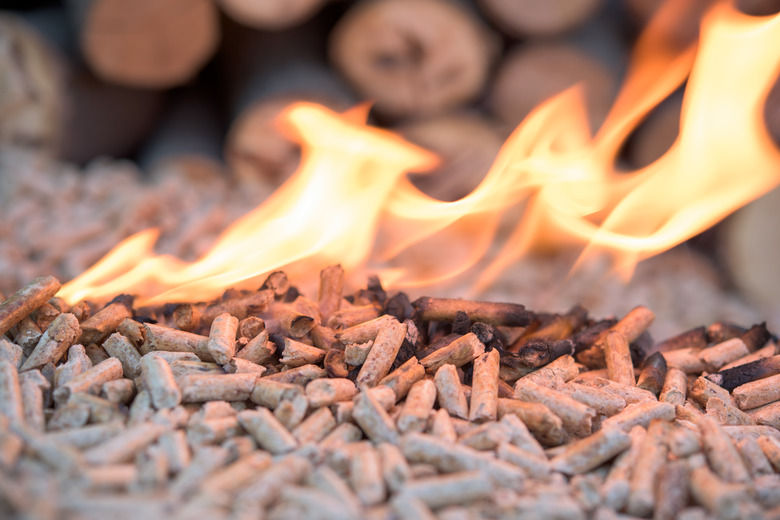What Are The Settings On A Pellet Stove?
Pellet stoves are a good way to heat areas of your home without the mess of a fireplace. A pellet stove — or pellet furnace — allows for a clean, automated fire heating system that can be placed in areas of high use in your home. This gives you the option to heat only the areas of your house where you and your family regularly spend time, whereas a central heating system will target the entire home.
All pellet stoves function in a similar way and have familiar controls. Learn about typical pellet stove advanced settings to understand how each contributes to a pellet stove's burn rate and to efficiently heat your home with this modern appliance.
On/Off Switch for Automatic Pellet Stoves
On/Off Switch for Automatic Pellet Stoves
If you have an automatic pellet stove, simply setting it to the "On" position will cause the pellets to ignite and begin to produce heat. Automatic Pellet stoves typically have a visual indicator to show that the stove is in the ignition stage, which is usually indicated by the power light blinking. Once the ignition stage is over, the light will change to indicate that the pellet stove feed rate advancement can be changed to raise or lower the heat output.
Switching off the pellet stove prevents any additional fuel from being added to the hopper. What's currently in the stove will continue to burn, and the exhaust and fan will continue to function as long as the stove is hot. When the stove cools down completely, the unit will finish shutting down.
Fan Speed for the Pellet Furnace
Fan Speed for the Pellet Furnace
A pellet stove heats the air in the spaces surrounding the burning area, and a fan blows the heated air into your house. Pellet stoves typically have three to four speed settings, allowing you to control the rate at which the heated air is distributed into your home as well as the volume. Higher fan speeds tend to be louder; the main reason for lowering the fan speed is to better hear when watching TV or entertaining guests.
Pellet Stove Feed Rate Control
Pellet Stove Feed Rate Control
The fuel feed control determines the rate at which pellets are ignited and deposited into the stove from the pellet reservoir, also known as the hopper. The higher the fuel feed rate, the hotter your fire will burn, giving you some control over the temperature of your fire.
The feed rate control button on your pellet stove may be labeled "auger." On some models, like the Saranac, pressing and holding the auger will rapidly feed pellets into the hopper. The auger trim button, on the other hand, will regulate the amount of pellets fed into the stove to slow the burn rate. The auger feed rate will need to be adjusted depending on the quality or type of fuel being burned, since some fuels burn faster or slower than others.
Air Inlet for Greater Temperature Control
Air Inlet for Greater Temperature Control
The air inlet setting on a pellet stove permits you to allow more or less air into the unit. When allowing more air into the pellet stove, temperatures will be hotter. The air inlet setting gives you more control over the temperature of the fire in the stove.
